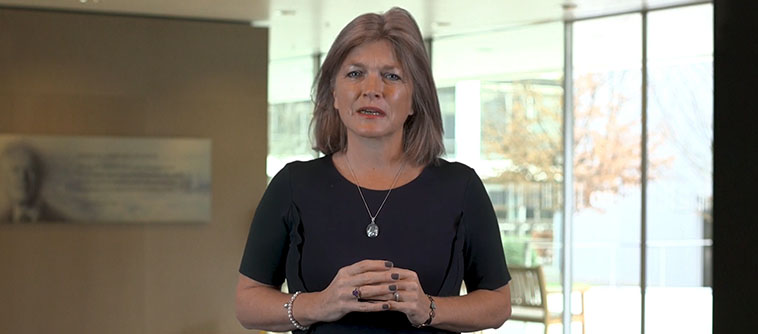Leaders are asked to take charge in complex situations and they do so through their own lenses, including their mental models, frames and words. These lenses privilege some things and disadvantage others and this creates bias, which is a preferred, often unconscious, way of seeing and acting.
Therefore, rather than leading, the people in positions of power may be unintentionally led by their biases. Until leaders are aware of their biases and the ways they unintentionally lead, they can do little to change or be more open to different perspectives.
But there are ways that leaders can become more aware of their implicit biases, be more purposeful about leading, and limit the consequences of leading unintentionally.
How can I start?
Biases are cognitive shortcuts that help make sense of a complex world and speed up decision making, which helps leaders take action quickly.
However, biases also lead to stereotypes and assumptions, which can cause misunderstanding. As a key leadership task is to frame reality and provide a basis for action, leaders need to understand how their biases might be limiting the ways they lead including causing stereotypes and framing situations.
As so much bias is implicit based on inherited beliefs and the hidden ways that we make sense of the world it can be difficult to recognize our biases. Until leaders are aware of their implicit biases they may unwittingly narrow the frames for thinking and action.
How can I indentify my biases?
It is important to explore where bias comes from and what you can do to recognize and shift your biases. For example, you can examine unintentional bias that comes from language, which influences the quality of dialogue and decisions. Identifying this is vital to the health of relationships and organizations.
Once you begin to dientify these, you can become more intentional about leading.
Affiliate Professor of Leadership and Group Dynamics Heather Cairns-Lee is leading the session Leaders – beware of your bias at OWP liVe in November.


